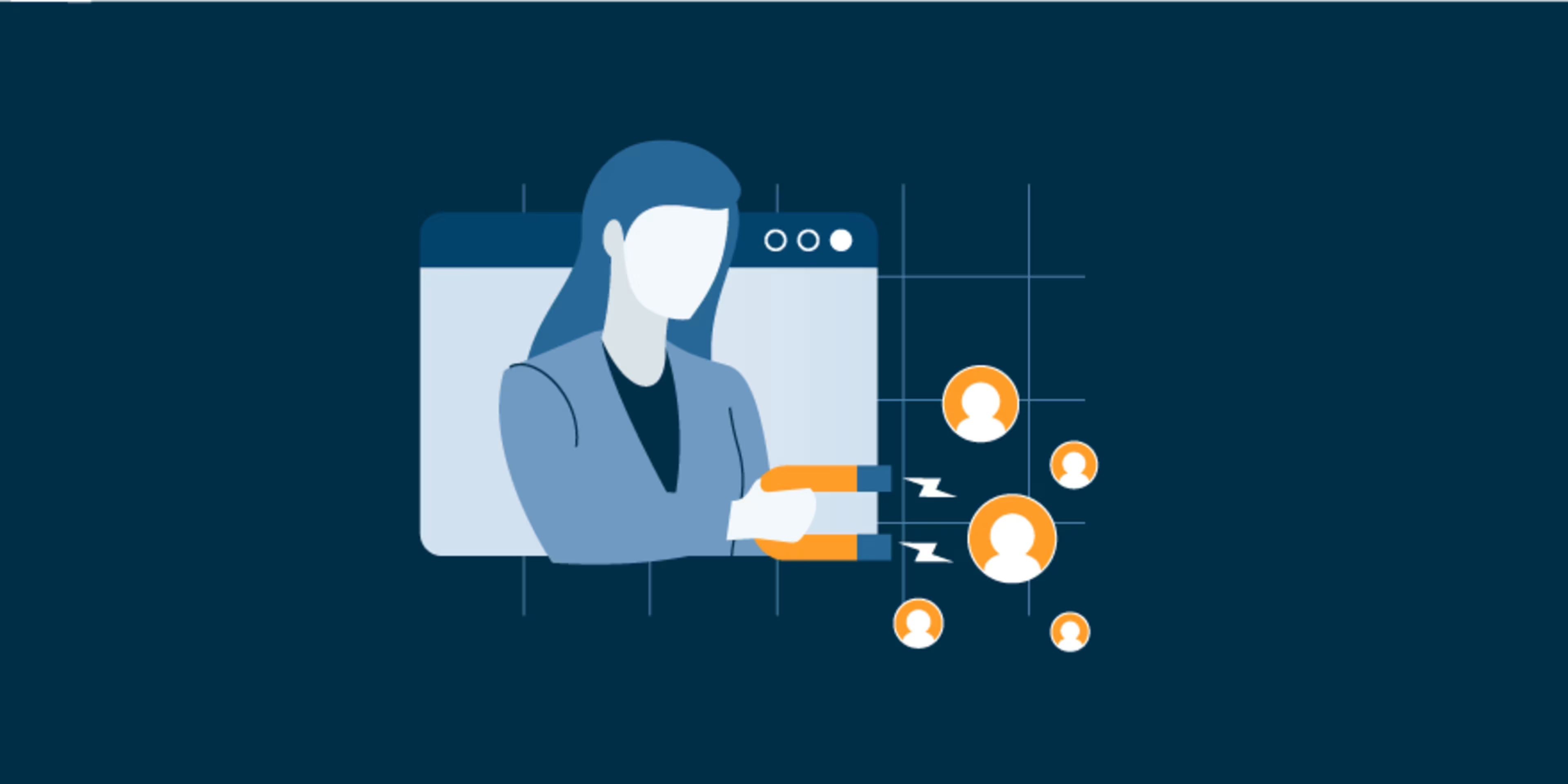
Digital tools (such as analytics platforms) allow you to examine your customer retention rate to help your business grow.
Customer retention is key to growing your business. A loyal customer base brings in regular revenue while allowing you to capture ever-larger segments of your target audience.
A 2022 Gartner poll of customer service and support leaders identified supporting business growth as a top priority for businesses. This signifies a hefty shift toward adding value and growing existing clients using customer service, strategies that have been previously viewed as costly with only some sway over retention[1].
Now, companies are seeing customer service as vital to retaining their current customer base as a way to help their business grow and expand.
Inflation also weighs heavily on CSOs
Another survey from Gartner, conducted in August 2022, shows customer retention as one of the main worries of chief sales officers heading in the final quarter of the year. Of the sales and business leaders polled as to what worries them most about an economic downturn, 54% cited customer retention[2].
“Economic headwinds require sales organizations to take bold, preemptive actions that strengthen the core of their business and point the organization toward growth—that’s still the CEO’s top strategic priority,” said Noah Elkin, VP in the Gartner for Sales Leaders Practice.
Gartner also predicts that by 2025, companies will have strategies in place to break away from poor-fit customers because it costs too much to retain them[3].
How should companies move forward with a viable customer retention strategy? Your high-level thinking must keep customer service, rising costs, and clients that aren't a good fit in mind when moving forward.
Invest in technology to help with customer retention
With so many options for software and platforms on the market, the costs of automated software tools continue to come down, making your investment a sound one when trying to gain an edge in creating a customer retention strategy.
Customer communication management (CCM) software helps you create, enhance, deliver, and respond to customers using outbound communication, which can be automated using email, apps, and text messages.
Customer data platforms (CDPs) provide a central location to store data about all customer touchpoints related to your products or services. For example, CDPs can pull data from your CRM, email, point-of-sale system, and accounting and financial software to develop robust analytics reports.
Customer experience software allows teams to manage and optimize customer interactions at all points of the buyer journey, from initial communication to converting customers into brand advocates.
3 viable customer retention strategies to try right now
Customer retention strategies, like all other forward-thinking strategies for your business, should fit with your business model and how your teams work.
1. Add value to customer interactions
In the same Gartner survey of customer service and support leaders, 82% of respondents either have or plan to implement a value enhancement strategy[1]. In other words: add value to customer interactions.
One way to do this is to look for data patterns in your existing customer base. For example, how many of your customers have signed up for a loyalty program? If you don't have a loyalty program, should you implement one?
PwC's 2022 customer loyalty survey[4] notes that a large majority of younger generations belong to at least one subscription service. More than half (55%) of consumers in the survey said they subscribe to one or more customer loyalty programs with regular payments for access to a product or service.
Their reasons for signing up for these programs go beyond regular payments. Discounts, lower prices, automation, and easier service factor into their decisions, and 33% of consumers said they enjoyed discounts and rewards the most[4].
Consider adding a customer loyalty program, or offering products and services at a discount for first-time or annual subscribers.
2. Analyze customer data and use it to make strategic decisions
This is where robust CRM software can really help your business realize the benefits of your data. How many of your customers make one transaction, and then never return? Mining data from such customers can help you predict future customer behavior while allowing you to set up customized and automated messaging to help retain and grow your customer base.
For example, you can set up your CRM to tag customers who haven't interacted with your brand over a certain period of time. From there, your system can send them a message inviting them back with an incentive, such as "20% off your next purchase within the next week."
3. Create a customer breakup strategy
Breaking up is hard to do. But it may become necessary if your clients just aren't a good fit anymore. Create a customer fit matrix that scores and ranks your customers based on what factors you find valuable.
Think about monthly recurring revenue, labor, communication, and hard costs. Then assign one of three statuses: maintain, grow, depart. Maintain means you keep the relationship as it is, while grow indicates that there is room to improve and expand. Depart means you (gently) show those customers the door.
A customer breakup strategy needs input from all stakeholders, from your financial and sales teams to operations and accounting. They'll need to determine if they can grow current relationships to compensate for leaving some customers behind.
These teams can decide which KPIs to monitor, and then assess what to do when certain thresholds are met, such as if profitability dips below 30%. A valuable business performance management software package comes in handy when developing this type of strategy.
The right tools can help you navigate customer retention
Growing a stronger customer base allows you to weather any storms or revenue dips in the coming years, and the right software can help you get there.
For more customer retention insights and related software buying tips, check out these Capterra resources: